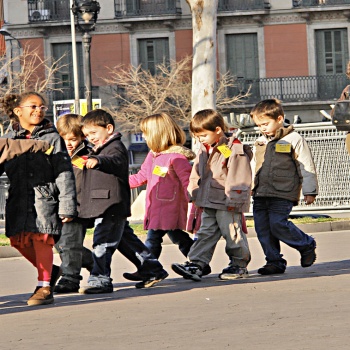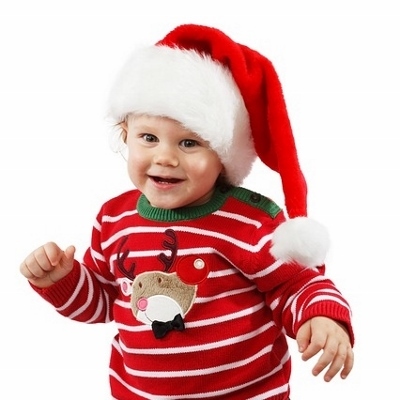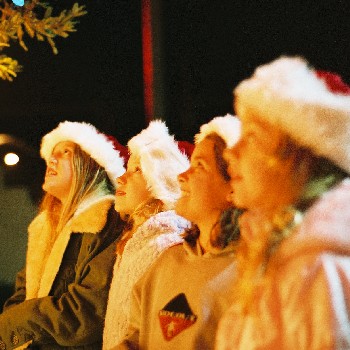 When you’re looking for a preschool for your child, the name Montessori is almost bound to come up. It’s likely there’s a preschool in your area with the word Montessori in the name — there’s one in my town, as well as a Montessori program for elementary students in one of the public schools. What exactly does this name mean?
When you’re looking for a preschool for your child, the name Montessori is almost bound to come up. It’s likely there’s a preschool in your area with the word Montessori in the name — there’s one in my town, as well as a Montessori program for elementary students in one of the public schools. What exactly does this name mean?
Maria Montessori (1870-1952) was a medical doctor at a time when few women were. She studied children who had mental disabilities and illnesses, and moved on to training teachers to work with them. Like so many ways of teaching special needs children, her methods turned out to be good for typical children too. The first mainstream Montessori class opened in Rome in 1906. Since then, many Montessori ideas — like child-sized furniture — have become standard for schools everywhere. Others are still found mostly in Montessori programs.
Montessori education stresses a child’s taking the initiative in learning and developing at his/her own pace. Other important ideas, according to the Association Montessori International/USA, are long periods of uninterrupted activity (two hours for toddlers, three hours for preschoolers and up), fairly large classes (10-12 for toddlers, 24-35 for older kids), and mixed-age classes (up to three years’ age difference). It’s believed older classmates motivate and explain things for the younger kids better than the teacher could. Of course, this doesn’t mean teachers aren’t important — they need to be trained in the Montessori method and to be there for the children. But teachers, ideally, guide the kids without being too prominent in their activities.The materials used in class are also very specific, and each class has only one set. If a child wants something another child is using, he/she has to wait — and meanwhile learns to take turns and respect others.
If this sounds like a good environment for your child, you’ll want to check out any Montessori preschools in your area. However, be aware that the Montessori name isn’t trademarked. In 1967, the U.S. Patent Office ruled that it was “generic and/or descriptive”, so it can be used without any legal obligation to use actual Montessori methods. So you’ll need to evaluate the preschool by observing classes and checking out connections with associations like AMI/USA. In the end, what matters is whether it’s the right place for your child.










